The Silence of the Lambs (Demme, 1991) is a psychological horror/thriller starring Jodie Foster and Anthony Hopkins. The film, based on a 1988 novel of the same name, revolves around Clarice Starling, an FBI trainee who must acquire information from Dr Hannibal Lecter, a psychopathic criminal and former psychiatrist to locate and apprehend another serial killer known only as Buffalo Bill.
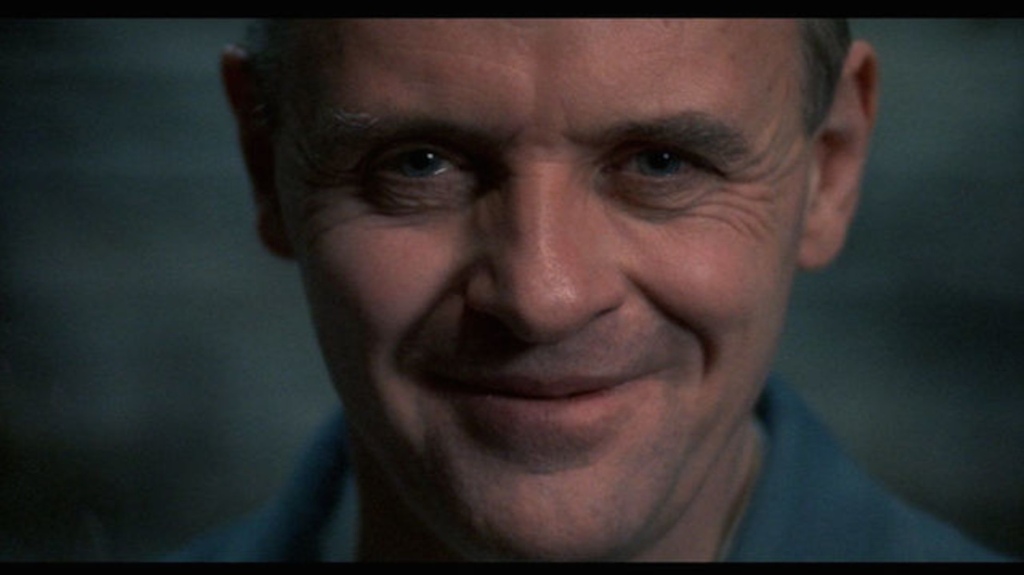
Clarice works in a male-dominated field of occupation and director Jonathan Demme makes this evident from the very start. Use of diligent cinematography emphasises the patriarchal society of the FBI and the theme of gender reoccurs throughout the duration of the film.
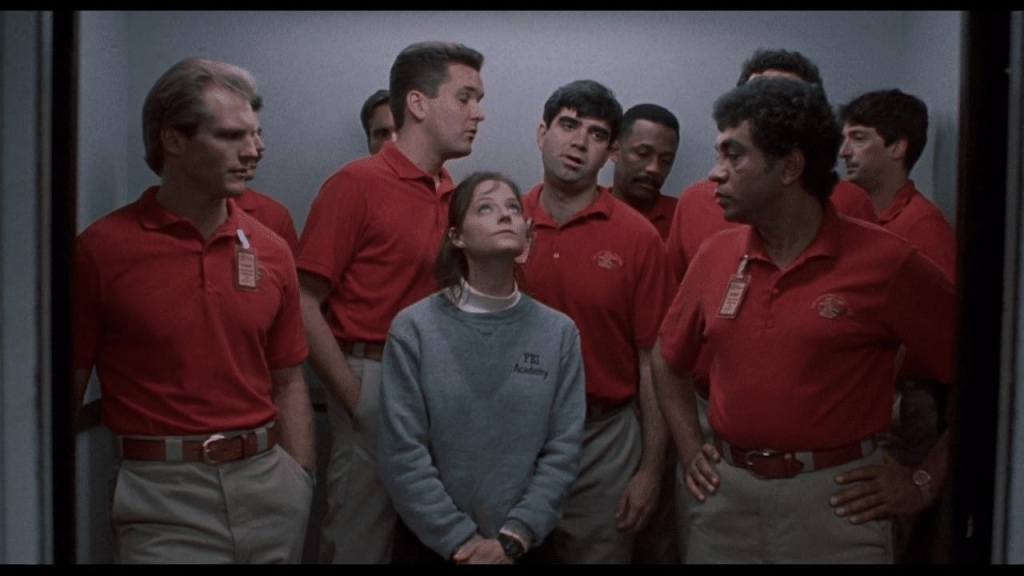
The film’s plot remains engaging and enthralling throughout, with intelligent use of tension and terror to illustrate a looming, hopeless atmosphere at the forefront of it all. Hannibal within the confines of his cell remains an extremely iconic image of cinema and is the most likely the first image you picture when discussing The Silence of the Lambs.
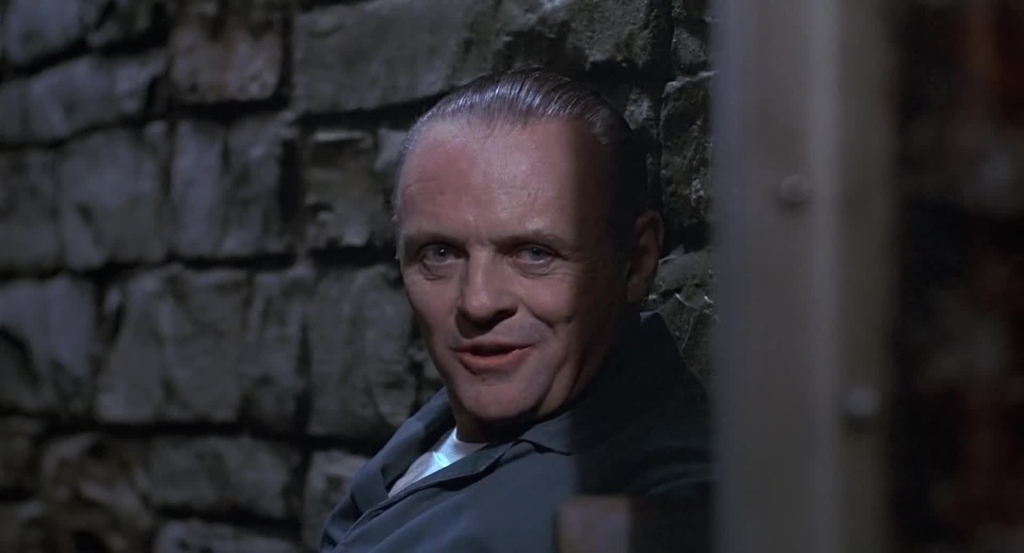
The performances throughout the film are magnificent – specifically Anthony Hopkins as Hannibal. It’s no wonder that his mere sixteen minutes of screen time awarded him the prestigious Best Actor award at the Oscars. Hopkins’ cold, psychopathic demeanour can be perceived throughout the entire film, despite not featuring in the majority of scenes.
Additionally, Foster’s ruthless and fearless attitude instills courage within the audience, and the question of whether the killer will finally be caught keeps you engaged throughout.
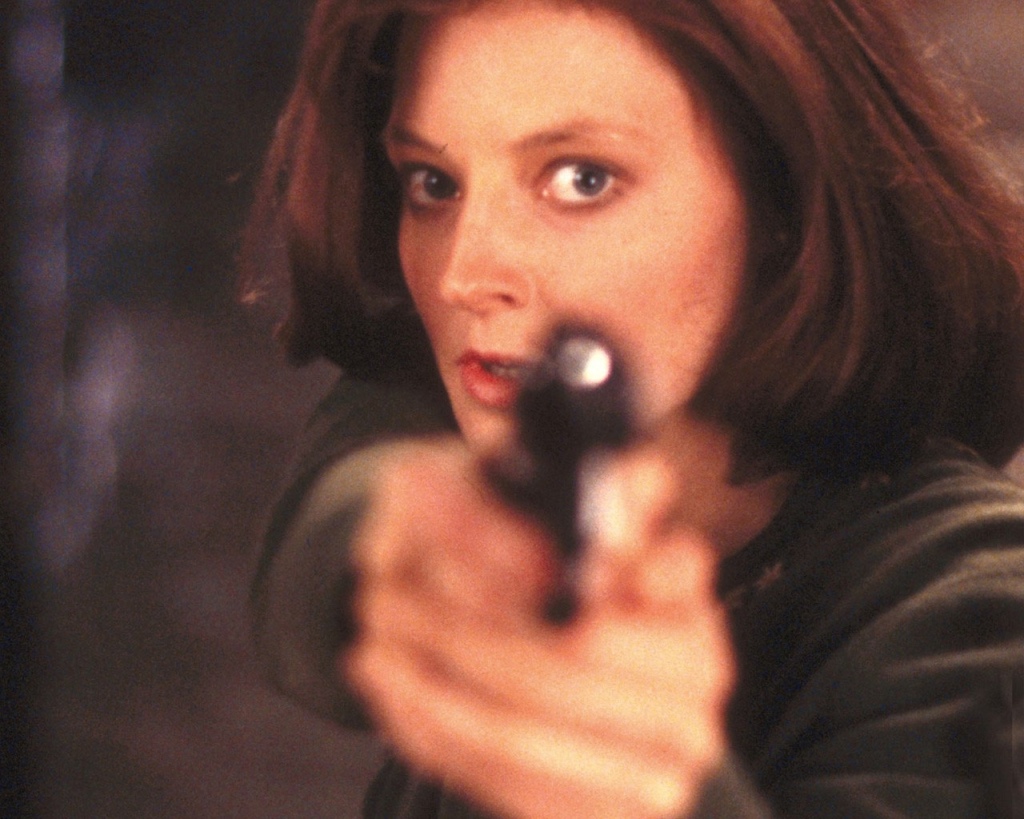
The incredible cinematography of The Silence of the Lambs was shot by Tak Fujimoto. The film never feels the need to use cheap tricks such as jump-scares to terrify the audience, but instead, relies on much more nuanced and effective means to do so.
For example, the film uses a multitude of POV shots as well as close-ups to emphasise Lecter’s dominating presence. Fujimoto’s cinematography primarily accentuates characters’ eyes; this is done to induce fear within the audience, as well as show how fear has been induced within other characters. Furthermore, multiple shots use an interesting choice of lighting to illustrate an unsettling atmosphere.
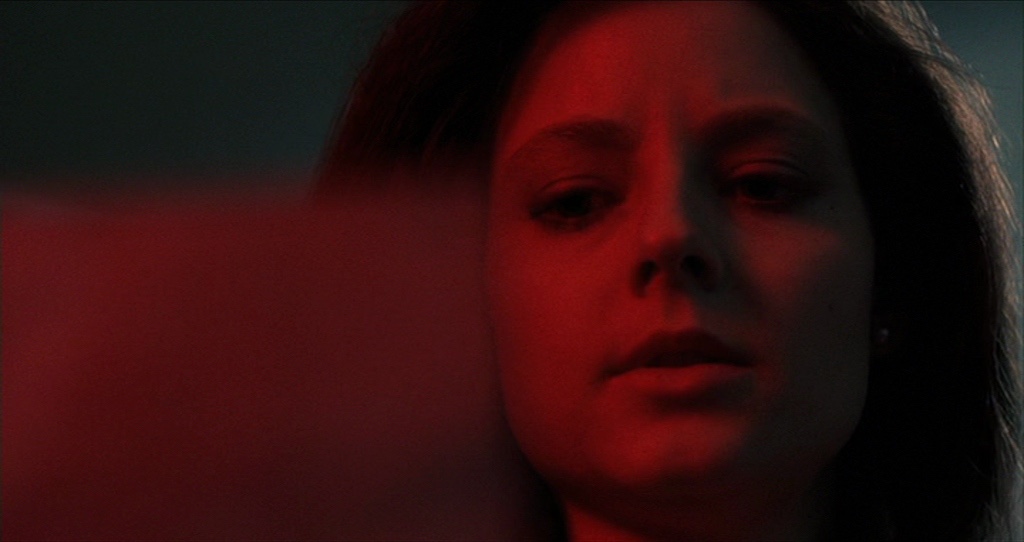
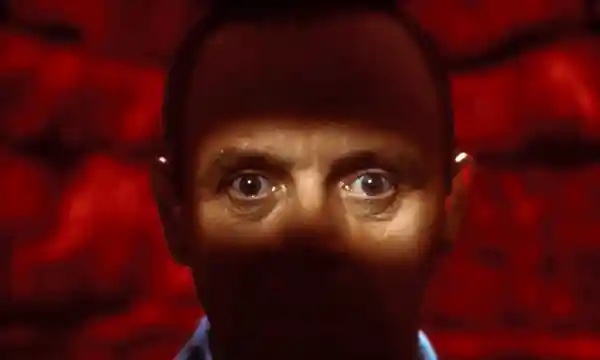
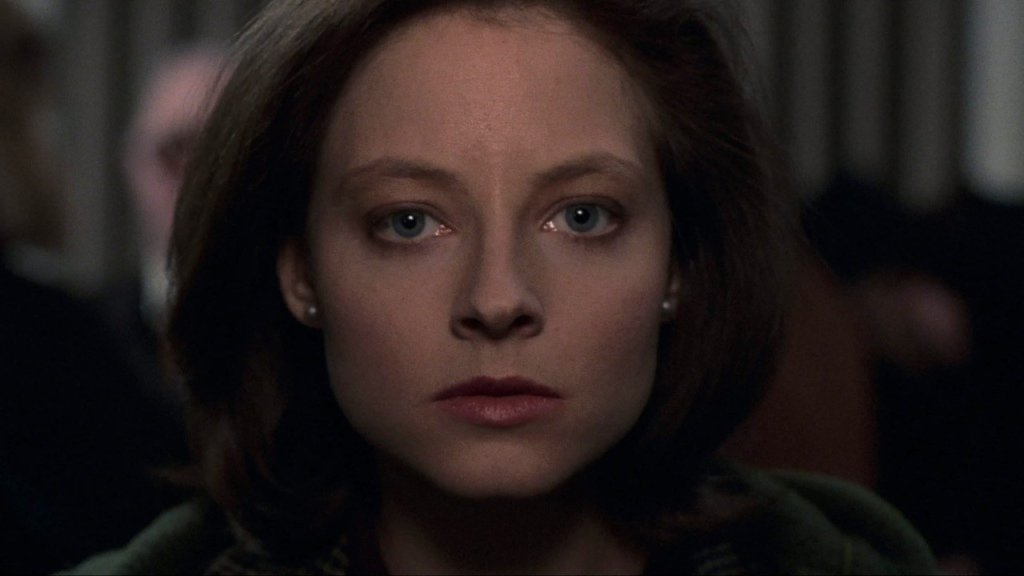
You must be logged in to post a comment.